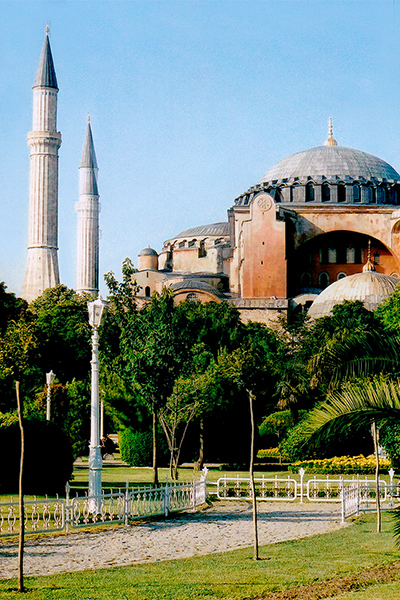
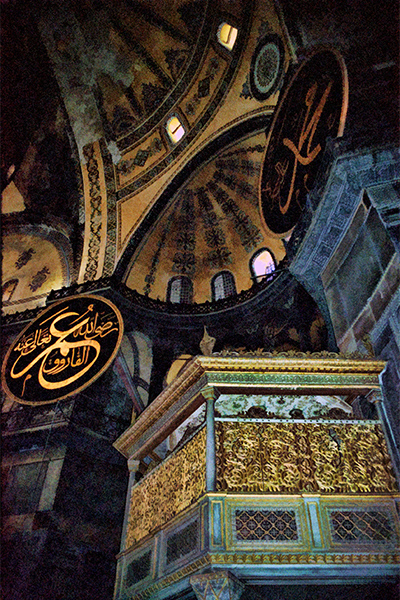
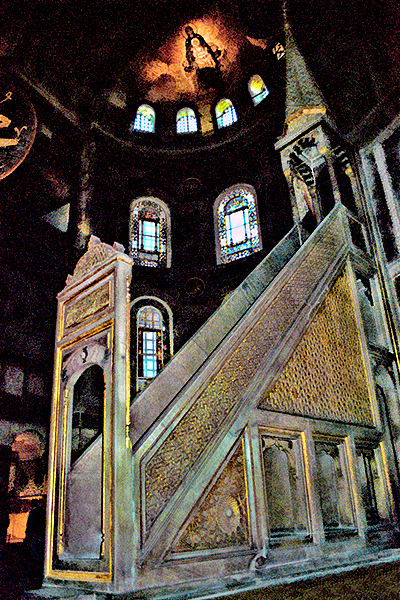
Istanbul
| Greece and Turkey Map | Home | Page 2 of 4 | Page Up | Page Down |
Hagia Sophia - Wisdom of God Basilica
|
 |
 |
 |
|
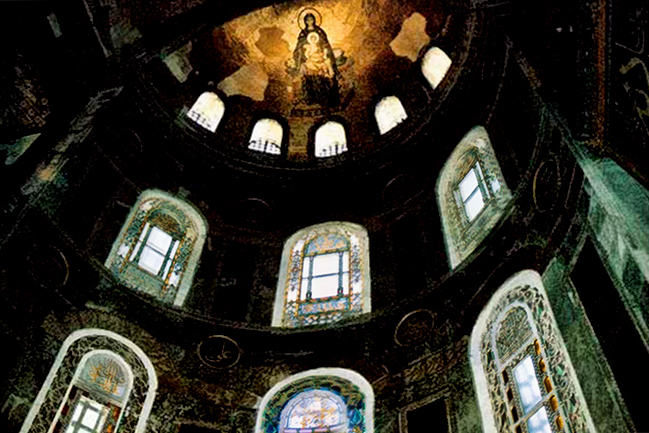 |
|
|
|
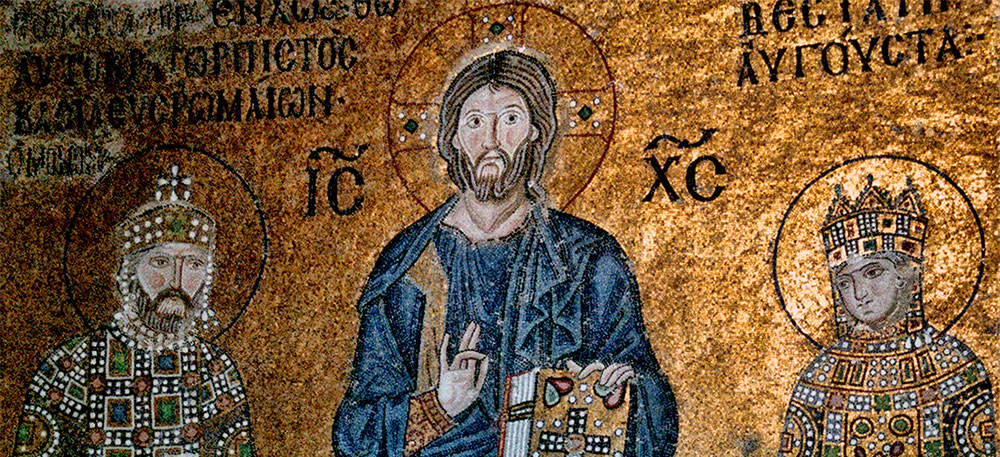
|
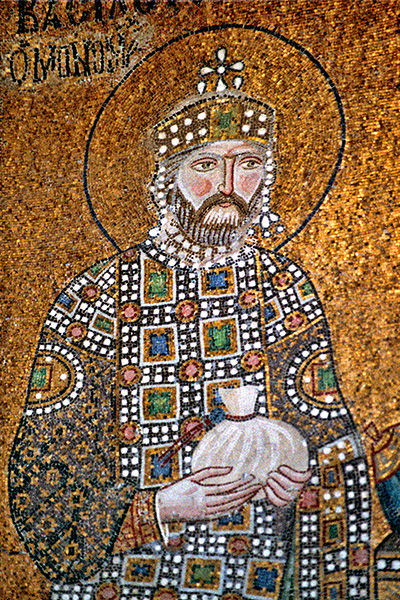 |
|
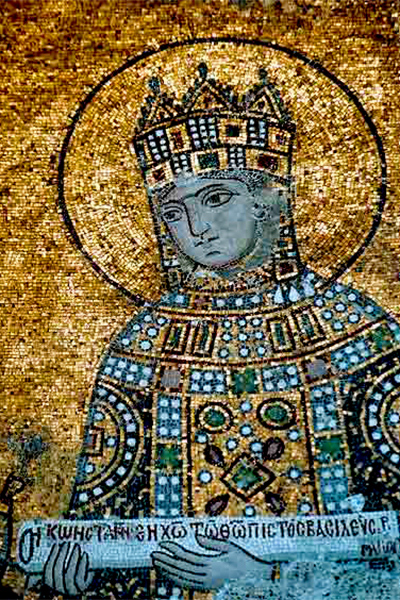 |
|
|
|
|
|
|
|
|
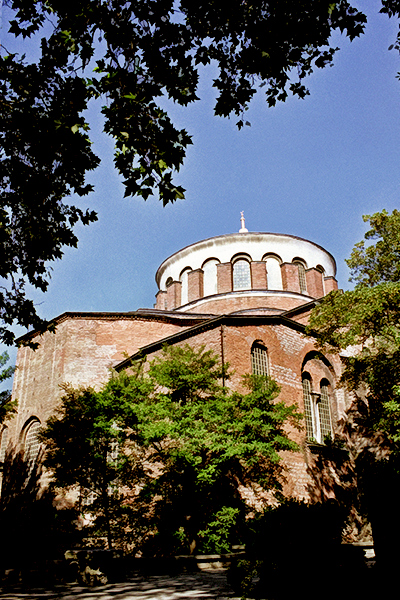 |
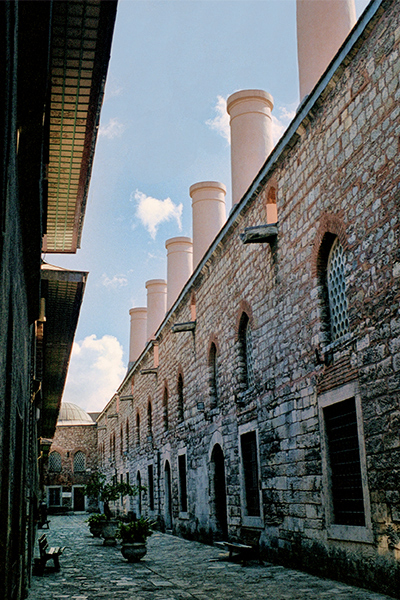 |
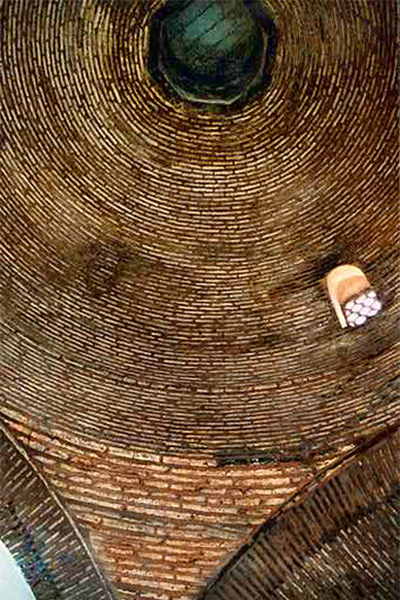 |
|
|
Courtyard of the Concubines
|
Courtyard of
The Valide Sultan
|
|
Apartment of the Valide Sultan
|
|
Has Oda - Salon of Murad III
|
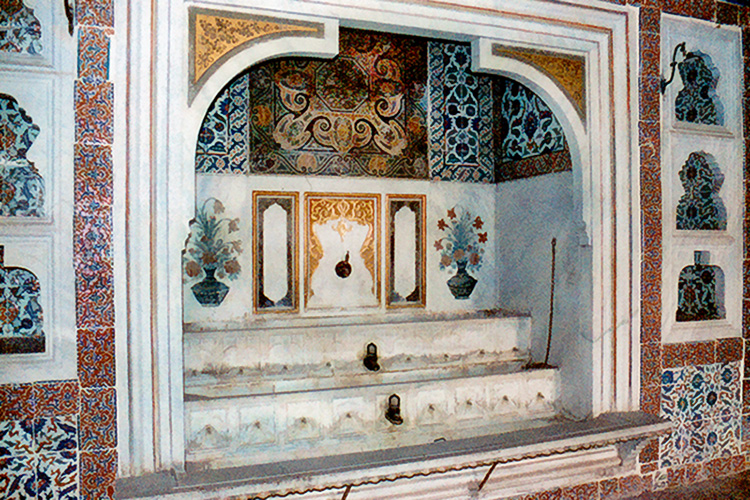
|
Library of Ahmet the First
|
|
Salon of
Sultan Murat lll
|
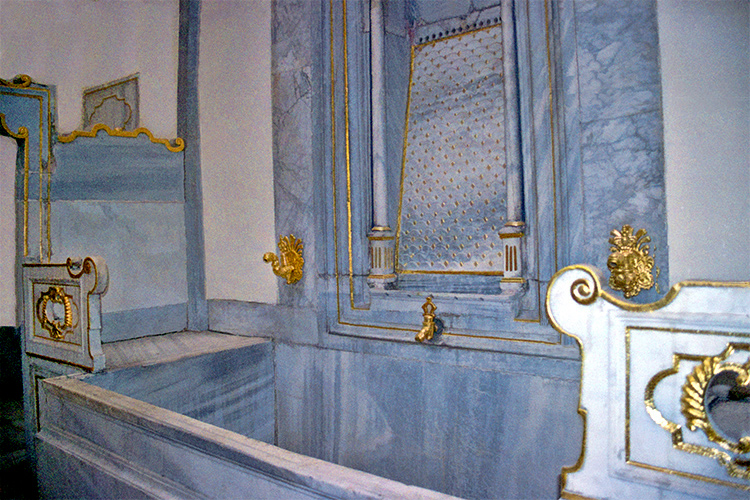
|
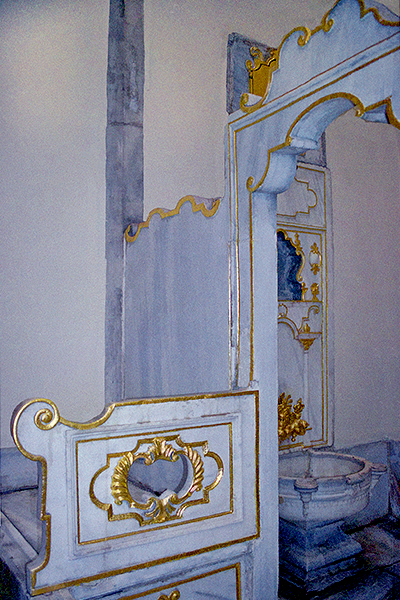 |
|
| Greece and Turkey Map | Home | Page 2 of 4 | Page Up | Page Down |